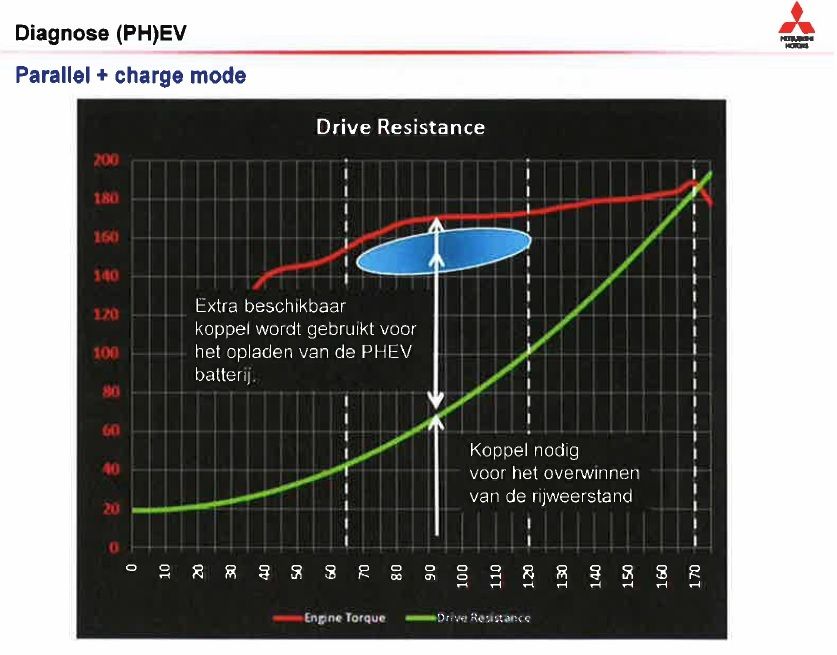Apologies sure this will have been asked before, but I can't find it.
I know the phev is more efficient running at low speeds using electric (0-30mph) and higher speeds (50-60mph +) using ICE. But what conditions should I use ice to charge, assuming the journey is more than the battery range.
I guess another way of putting it is, what is the point of charge mode, why not just use save.
I know the phev is more efficient running at low speeds using electric (0-30mph) and higher speeds (50-60mph +) using ICE. But what conditions should I use ice to charge, assuming the journey is more than the battery range.
I guess another way of putting it is, what is the point of charge mode, why not just use save.

